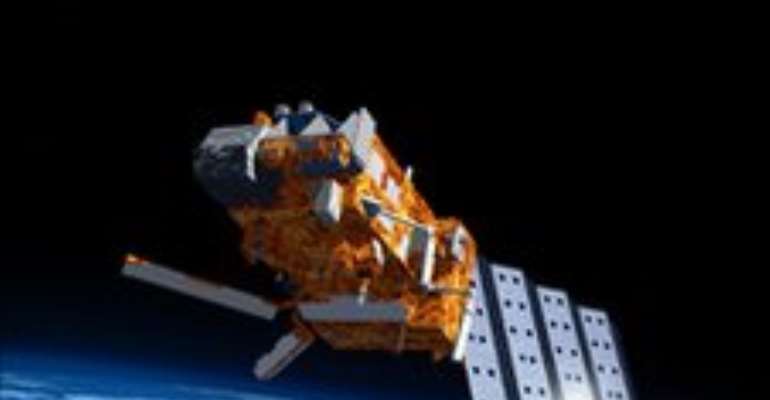EUROPE’S NEXT GEN POLAR WEATHER SATELLITES TWIN UP

By Jonathan Amos
The next-generation of Europe's polar orbiting weather satellites will fly in a two-spacecraft configuration.
Eumetsat, the organisation that operates Europe's weather observatories, took the decision at its latest council meeting in Rome.
It will allow additional instruments to be flown, producing even more data for numerical weather prediction models.
The Eumetsat Polar System, Second Generation (EPS-2G), will be a multi-billion euro programme.
However, the cost is likely to be comparable with the current system which had a total envelope of about 2.4bn euros.
The two-spacecraft configuration and the possible instrument payloads will be considered in the initial feasibility study.
The present EPS has so far launched just the one platform, Metop-A, which went into space in 2006.
Two reserve satellites, Metop-B and Metop-C, are built and held in storage. They are likely to fly in 2012 and 2016 to give continuity to the programme.
Eruption plume
Metop-A is generally regarded as having been a remarkable step forward in monitoring capability for Europe.
It was the first European weather satellite to circle the Earth via the poles. Eumetsat's familiar Meteosat class of observatories sit in geostationary orbits (GEO) some 36,000km above the equator. From this position, the Meteosats can image half of the Earth's surface every 15 minutes.
Metop, on the other hand, takes high-resolution pictures of the whole planet over a much longer time span, between one and three days.
Its 12-instrument payload (eight of which gather meteorological data) monitors variables such as temperature, humidity, wind velocity, ozone cover and atmospheric chemistry.
Metop-A played a critical role is assessing the progress of the ash plume from Iceland's Eyjafjallajoekull eruption in April.
The latest Eumetsat council has also approved the scope of the next-generation of the Meteosat series. This, too, will fly a two-satellite configuration for the first time.
Both of the new programmes will be developed in conjunction with the European Space Agency.
